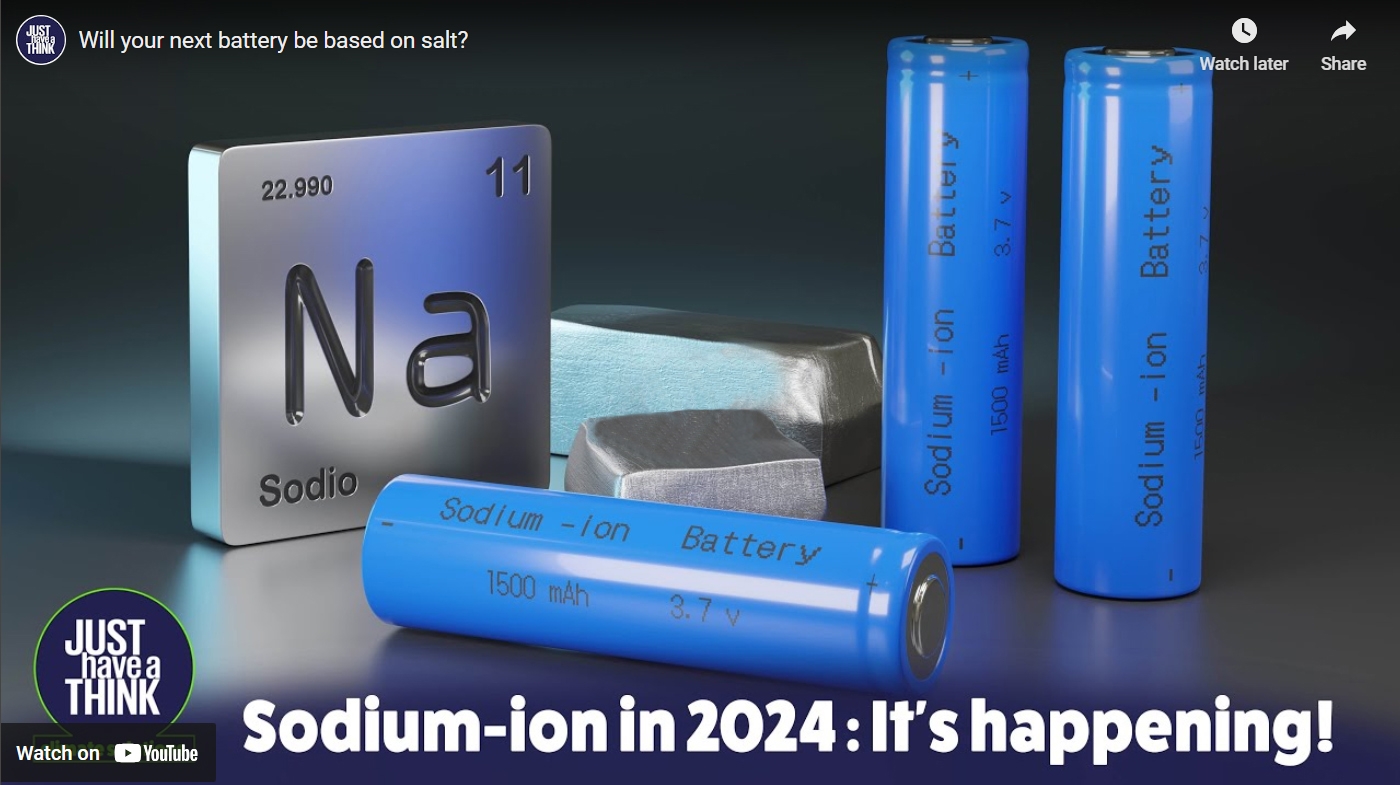
Could Sodium-Ion Batteries Be the Future of Energy Storage?
As we delve deeper into the realm of energy storage solutions, researchers at the University of Houston are at the forefront of a promising innovation that could potentially transform the battery landscape. With the development of a new cathode material designed for sodium-ion batteries, we may be witnessing the dawn of a more efficient and economically viable alternative to lithium-ion technology.
The Lithium Dilemma
Lithium-ion batteries have long been the standard for powering everything from smartphones to electric vehicles. However, as the electric vehicle (EV) market continues to explode, particularly in the compact and entry-level segments, there has been a noticeable pivot. Many manufacturers are opting for more affordable lithium iron phosphate (LFP) chemistry instead of nickel-manganese-cobalt (NMC), even though LFP batteries typically provide lower energy densities and perform poorly in colder climates.
Lithium itself is facing its own set of challenges. The fact that lithium extraction is predominantly centered in China has raised concerns about supply chain dependencies and increasing battery costs. Hence, the potential of sodium-ion batteries is gaining momentum, as sodium—a component found abundantly in table salt—promises greater accessibility and sustainability.
 Exploring new frontiers in sodium-ion battery technology.
Exploring new frontiers in sodium-ion battery technology.
Research Advancements at University of Houston
Leading the charge in this exploration is an interdisciplinary team at the University of Houston’s Canepa Lab, who have pioneered a novel cathode material known as sodium vanadium phosphate (NaxV2(PO4)3). This exciting innovation could improve the energy density of sodium-ion batteries by over 15%, achieving theoretical figures of up to 458 Watt-hours per kilogram (Wh/kg), a significant leap from the current maximum of 160 Wh/kg. For some context, the top-performing NMC batteries hover around 260 Wh/kg.
However, it’s imperative to note that these figures represent theoretical maximums, and actual performance on a commercial scale remains to be seen. Nevertheless, the excitement surrounding these advancements is palpable, as they showcase the burgeoning potential of sodium-ion technology.
Economically Viable and Environmentally Friendly
One of the most compelling advantages of sodium is its cost. According to Pieremanuele Canepa, the lead researcher at the University of Houston, sodium is nearly 50 times cheaper than lithium and is abundant enough to be extracted from seawater.
“Sodium-ion batteries could be cheaper and easier to produce, which could help reduce our dependency on lithium and make battery technology more accessible worldwide,” explains Canepa.
This could herald a new era for energy storage, particularly as the global demand for renewable energy sources skyrockets. Prototypes developed from this new material demonstrate marked improvements in storage performance, signaling a tangible shift in the future of battery technologies.
The evolution of battery technology may soon take a different path.
A Paradigm Shift in Performance
The unique properties of sodium vanadium phosphate allow for seamless movement of sodium ions during charging and discharging, a crucial aspect in battery efficiency. This material maintains a steadier voltage at 3.7 volts compared to sodium metal—a noticeable increase over the 3.37 volts typically achieved by existing materials.
Canepa describes this as a potential turning point in sodium-ion technology. He argues that this consistent voltage change is a key feature that enables the battery to operate efficiently while maintaining electrode stability.
Challenges Ahead for Sodium-Ion Technology
Despite the promising landscape for sodium-ion batteries, challenges remain. The inclusion of vanadium—an expensive material—in the design may hinder the pathways towards more affordable and durable sodium-ion batteries. Competing battery manufacturers, such as CATL, are pursuing alternatives using sodium, iron, and manganese, effectively lowering costs and enhancing economic viability.
Nonetheless, the unique qualities of vanadium-based cathodes open new potential applications for sodium batteries, should the material prove itself capable of delivering on efficiency promises over time.
 The future of energy storage is bright with innovative solutions on the horizon.
The future of energy storage is bright with innovative solutions on the horizon.
Conclusion
As researchers continue to investigate and overcome the challenges of sodium-ion batteries, the vision of a more sustainable, cost-effective energy storage solution inches closer to reality. With sodium’s abundance and lower costs standing in stark contrast to lithium’s escalating market challenges, this innovation could be a significant stepping stone towards securing a cleaner energy future. The findings published in Nature Materials not only indicate progress but also ignite optimism around the potential of alternative battery technologies.
As we celebrate these advancements, the journey towards achieving viable sodium-ion batteries must continue, potentially reshaping the energy landscape as we know it.















